Connecting Agriculture to better Nutrition in South Asia: Innovation as a process of socio-technical change
In South Asia, undernutrition remains a widespread problem, in spite of strong economic growth in countries such as India, which continues to struggle with stubbornly high rates of maternal malnutrition and child stunting. This paper explores the potential for different kinds of innovation to strengthen the connections between agriculture and nutrition in South Asia.
The paper draws insights from research carried out under the Leveraging Agriculture for Nutrition in South Asia (LANSA) consortium, a partnership of six research organisations located in Bangladesh, India, Pakistan, the UK and USA. The interventions and case studies examined by LANSA researchers have approached the challenge of strengthening agricultureânutrition linkages in a range of different ways. All of them may be considered innovations in some sense or degree, in so far as they involve a change or reconfiguration of knowledge, practices, organisation or material inputs in order to achieve a different (and hopefully better) outcome.
This paper reviews a selection of these interventions, alongside some reference examples not studied directly within LANSA, so as to understand their general approaches, key principles, and the basic features of their design and implementation. The aim is to create crosscutting insights into the various ways in which alternative kinds of innovation may help to strengthen the nutrition-sensitivity of agriculture and food systems. The purpose of this analysis is not to evaluate the impacts or success rates of the innovations in question, but to consider them from first principles as alternative models or propositions for improving the linkages between agriculture, food and nutrition.
view report:
Publication categories:

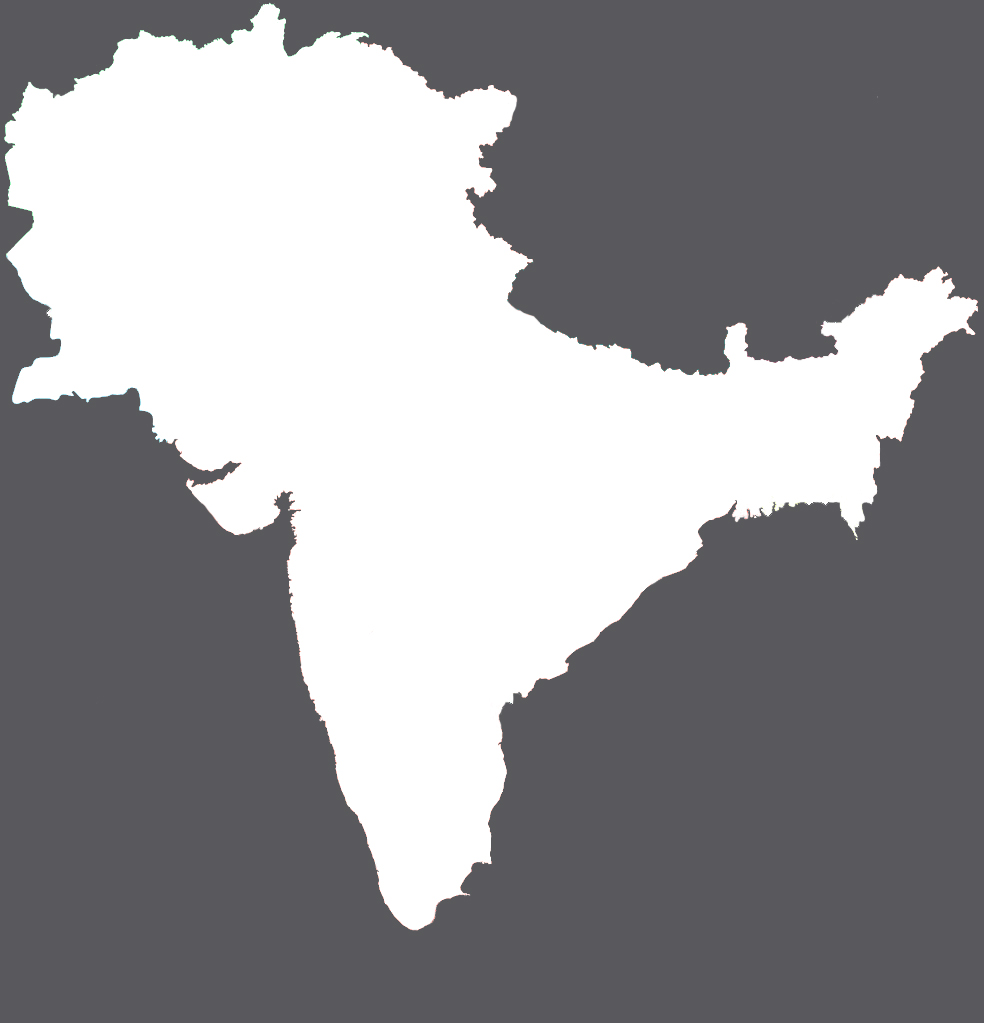
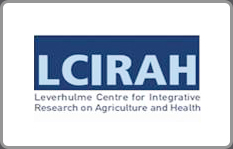
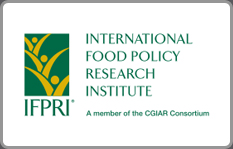
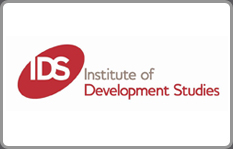


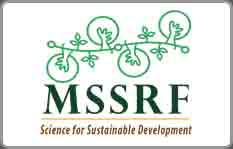
Add new comment